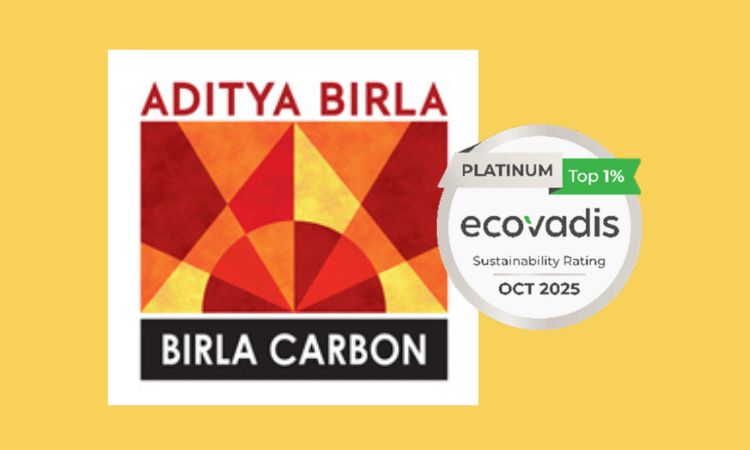Tyromer’s innovative devulcanization technology helps successfully reuse scrap tires
An award-winning innovation method for tire recycling is crumb rubber devulcanization. The original process was developed by a scholar whose innovation was commercialized by Tyromer Inc. – the Canadian company founded by a national university. What makes devulcanization stand out is the fact that it does not require the application of any chemical solvents. Moreover, Tyromer’s process helps reuse waste tire rubber in new tires and in retreads – this was hardly possible before.
Tyromer kept on elaborating on its innovations and started to manufacture valuable tire-derived polymer (TDP) which is received from waste tire crumb rubber and can be reused. Given that the commercial tire sector uses over 50 percent of all rubber in the world, the company decided to elaborate on processes that would allow to bring back waste tire rubber to tires. To receive top quality scrap tire rubber that could be used in retreads, the company optimized TDP. Moreover, after positive feedback received from the industry, TDP will be used not only in retreads but in new tires as well starting from 2019. Thus, it is the first time when considerable volumes of scrap tire rubber will be used once again as part of a new lifecycle in new tires. This approach allows adopting a sustainable option and switch from disposing to reusing, and despite the fact that Tyromer is a relatively small business, it has already helped Tyromer to transform waste tire recycling and the tire industry. This became possible thanks to association with AirBoss Rubber Solutions, a key custom rubber compounder, and KAL Tire, an international leading tire dealer.
Teaming up with the global companies allowed Tyromer to validate TDP so it could be used in OTR (off-the-road tire) retreads at the 20 percent level. This development makes the small business an innovator on the market and it helps promote circular economy.
As business always thinking big, Tyromer opened licensed facilities in Canada and in China where it can recycle 4,000 tons of tires annually. Meanwhile, the firm is seeking completion of a larger facility capable to handle 10,000 tons in Canada. Moreover, it considers further developments in US, India, Europe and New Zealand.
In 2018, the world is expected to generate more than a billion tires, and with each year the rate will not be declining. The issue is that it is no simple task to recycle waste tire rubber; thus, roughly half of all the scrap tire rubber is burnt for energy. However, numerous companies keep on promoting recycling and sustainability as renewable nature of tires is extremely valuable. Crumb rubber from scrap tires is a valuable product and is further used in surfacing, paving projects and many other applications.
Article by The CEO Views.
Weibold is an international consulting company specializing exclusively in end-of-life tire recycling and pyrolysis. Since 1999, we have helped companies grow and build profitable businesses.









